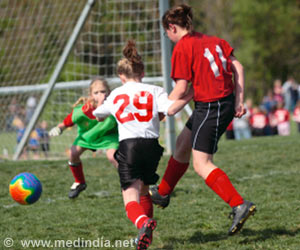
‘Sexting or sharing of sexually explicit images, videos, or messages through electronic means has increased in the past two decades among teenagers.’
Tweet it Now
The findings, based on a meta-analysis of 39 studies from 1990 to 2016, established that an estimated one in seven teenagers send sexts and one in four receives them. Media portrayals of sexting has often implicated adolescent girls as the senders of naked photographs and adolescent boys as the requesters.
However, the study found no significant sex differences in the rate of sending or receiving sexts.
Moreover, the prevalences of forwarding a sext without consent and having a sext forwarded without consent were 12.0 per cent and 8.4 per cent, respectively, said researchers including Sheri Madigan, Assistant Professor at the University of Calgary in Canada.
The nonconsensual forwarding of sexts can lead to harassment by peers, cyberbullying, or blackmailing and in extreme cases lead to suicide.
Thus the study, published in the journal JAMA Pediatrics, stated that age-specific information on sexting and its potential consequences should regularly be provided as a component of sex education.
Efforts and resources to criminalise sexts should be redirected to educational programs on digital citizenship and healthy relationships, the researchers said.
Source-IANS








